The largest Research Center for biopesticides, probiotics and prebiotics in Europe.
-

Area with over 5,000 square meters
-

Over 2,000 square meters of greenhouses
-

More than 40 full-time researchers.
-

Collaborations with public and private centers and organizations.
-

Leading edge equipment.
Almería takes the leading role in science with the largest Research Center on biopesticides, prebiotics, and probiotics in Europe. These forefront facilities located in Vícar, count with more than 5,000 square meters focused on R&D&I, allowing us to be more competitive and to reach our ultimate goal: to unseat the use of synthetic chemicals and offer superior natural solutions with higher efficacy.
Change is upon us and we are proud to provide more employment, more wealth, more research and more health for our province, in order to bequeath the best legacy possible to future generations.
An incentive was obtained from the Andalusian Innovation and Development Agency (IDEA) of the Regional Government of Andalusia for a sum of € 13,259,728.95, of which 80 % is co-financed by the European Union through the European Regional Development Fund (ERDF) for the implementation of the project “MANUFACTURING PLANT FOR BIOTECHNOLOGICAL PRODUCTS FOR AGRICULTURE” with the aim of achieving a more competitive business network.
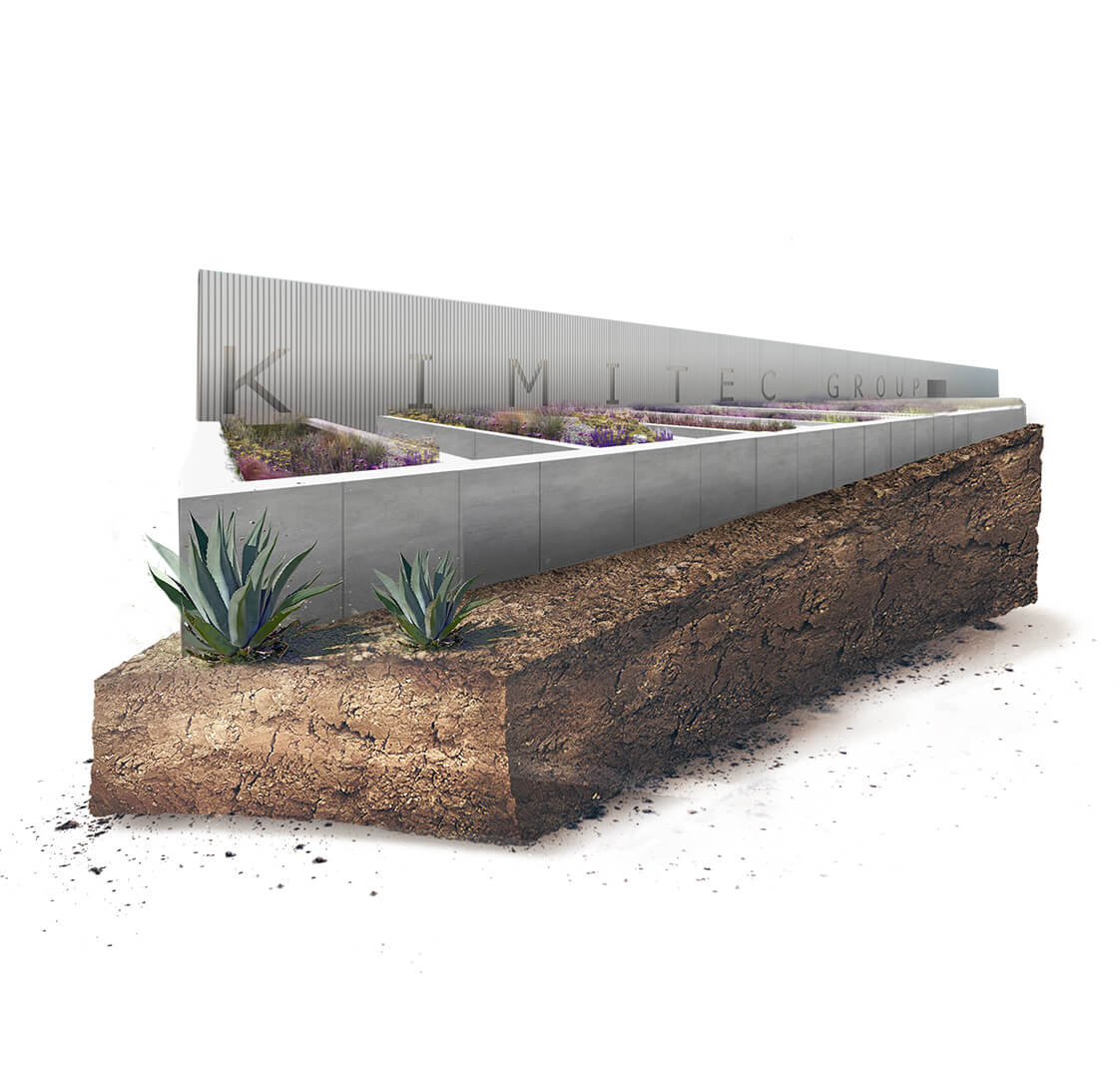
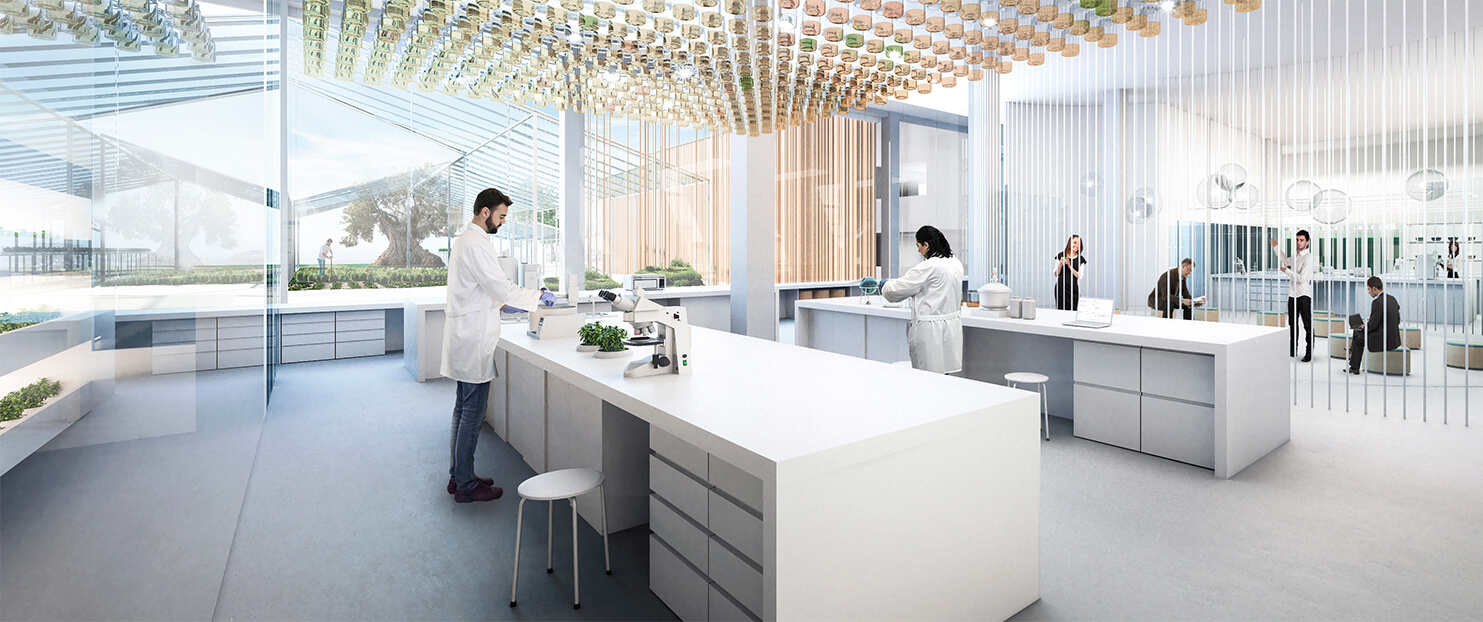
Research areas
The Research Center relies on 4 large areas of work: botany, microbiology, microalgae and green chemistry. The trials are conducted in a greenhouse which is over 2,000 square meters and counts with an area for outdoor crops.
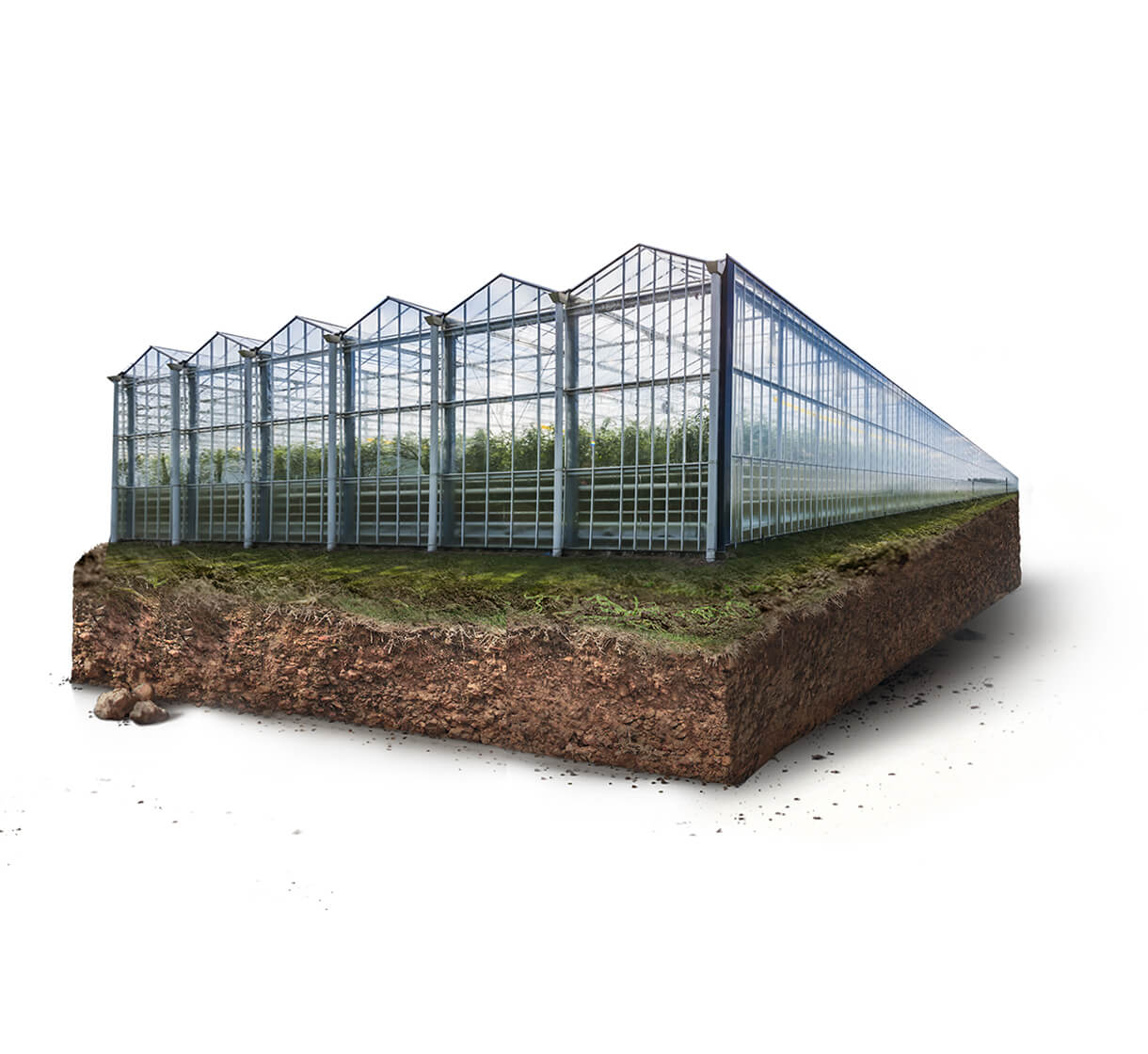
Cutting-edge technology
Discover our research center
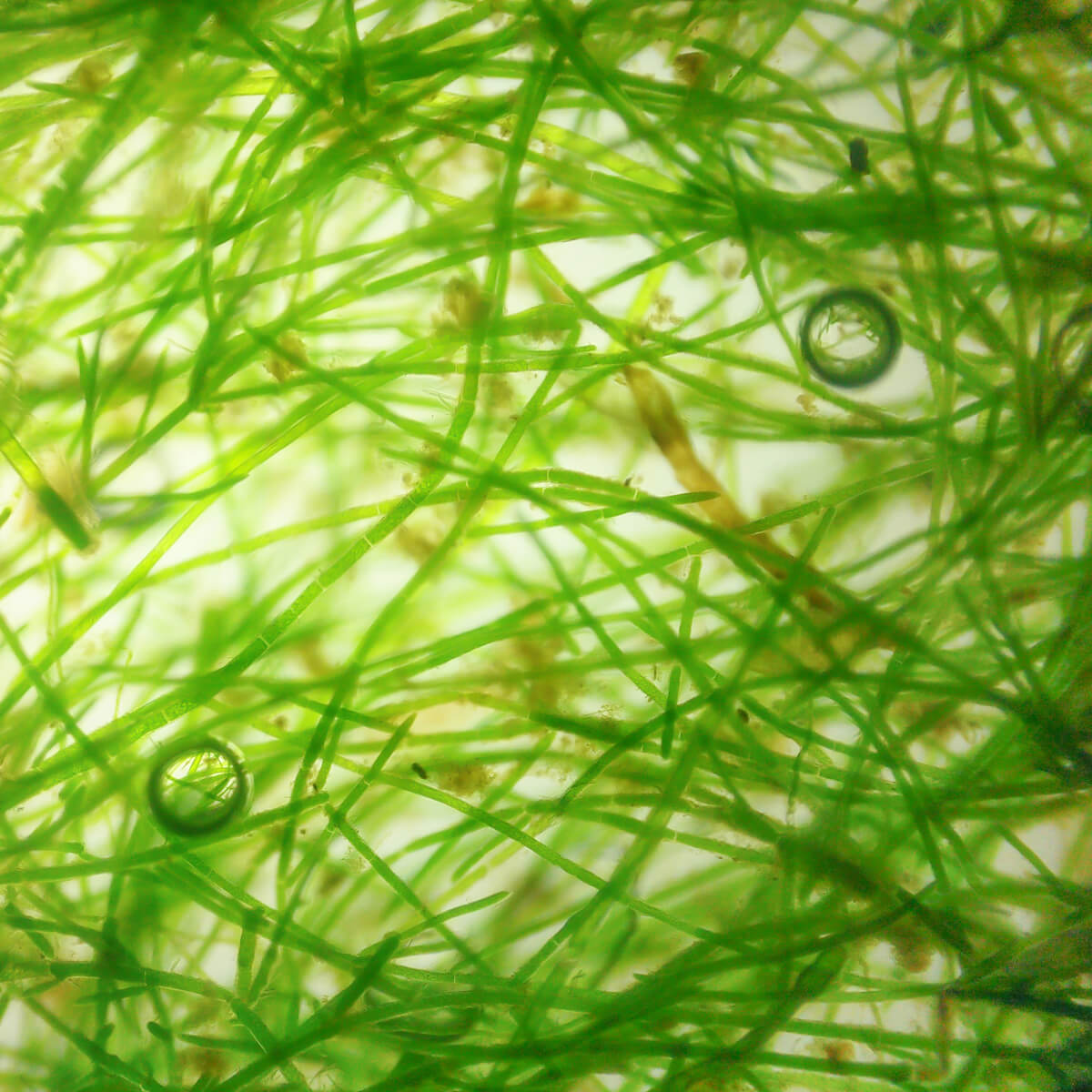
Microalgae cultivation area
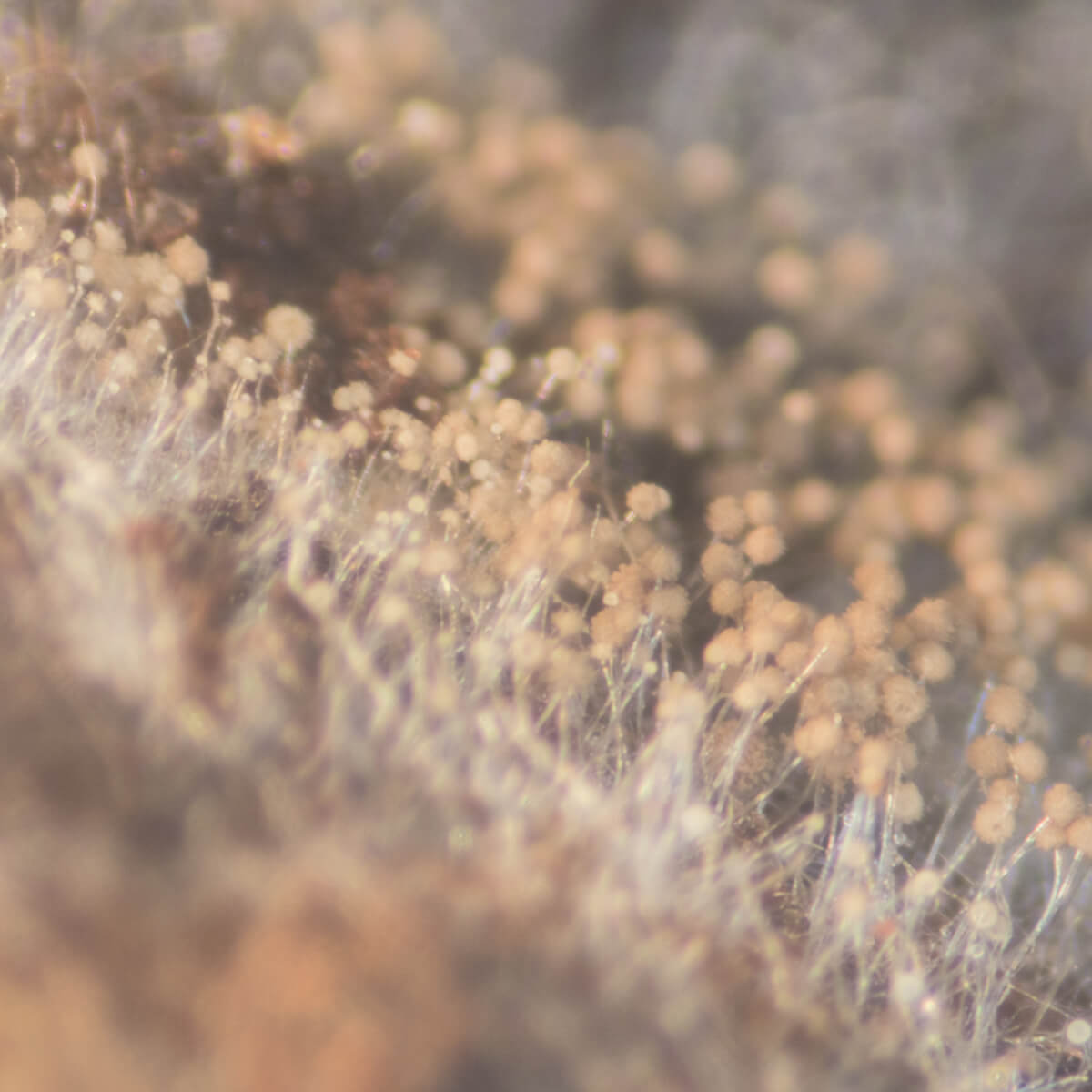
Microbiology Area
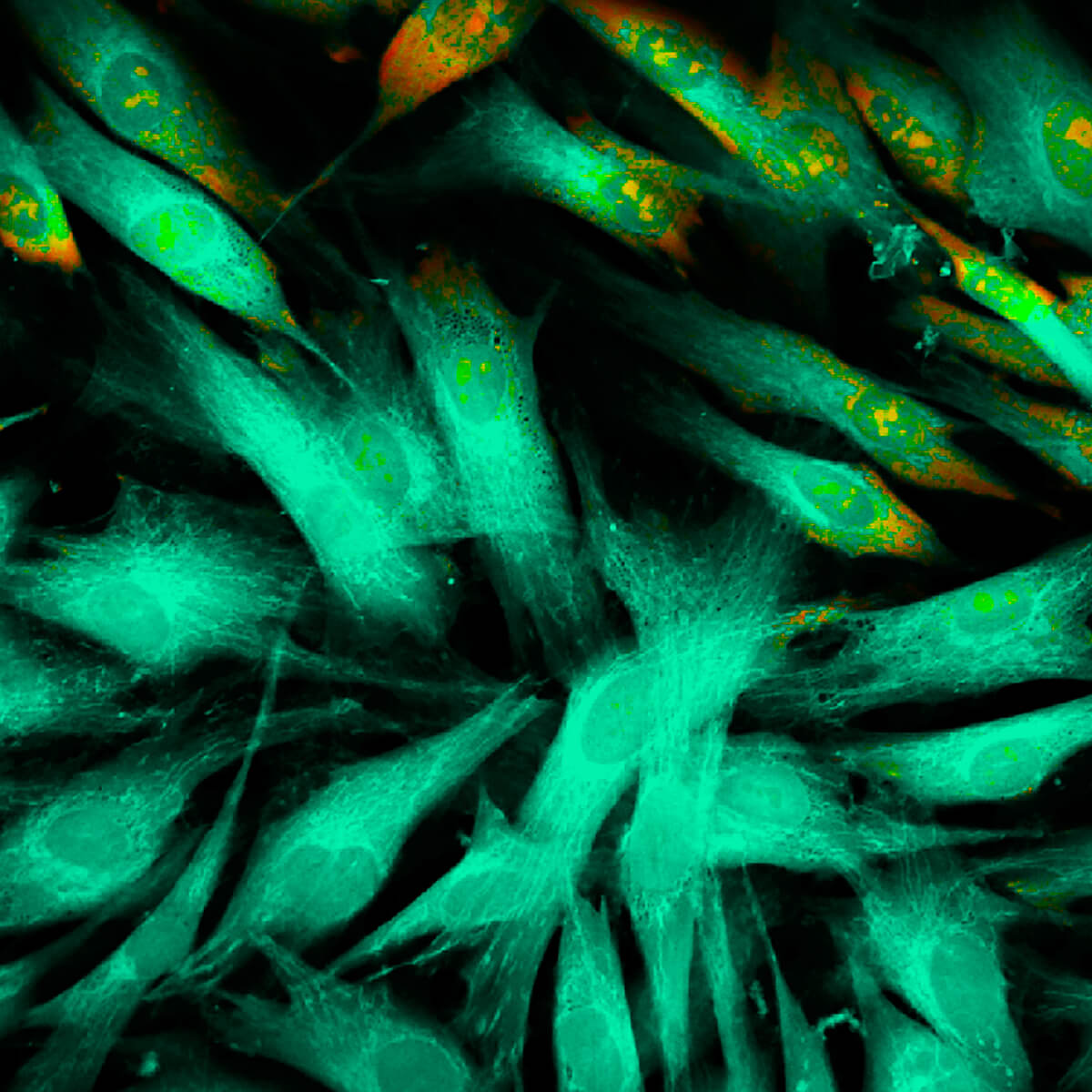
Cellular Cultivation Area

Fermentation Area
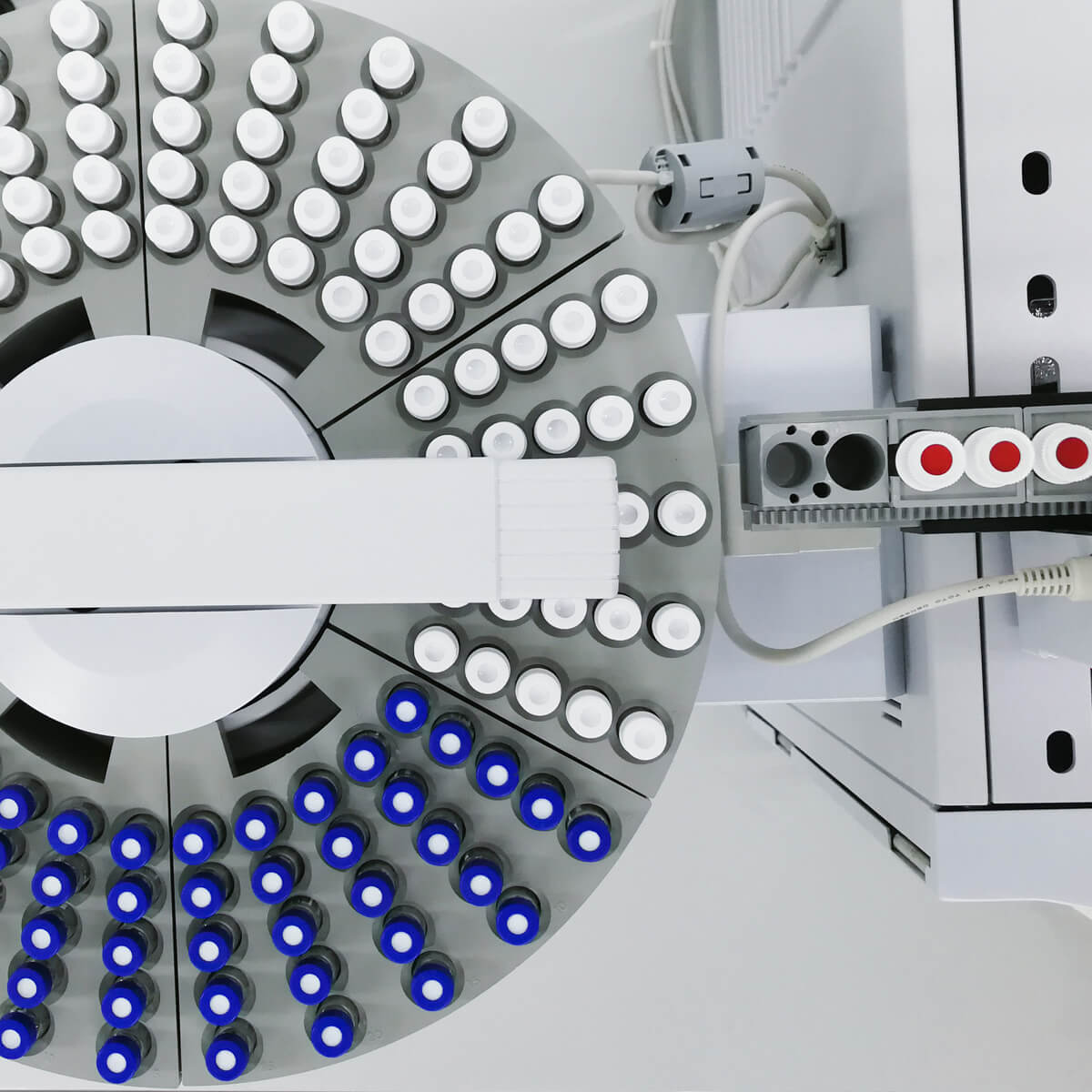
Analytical Area

Formulation Area
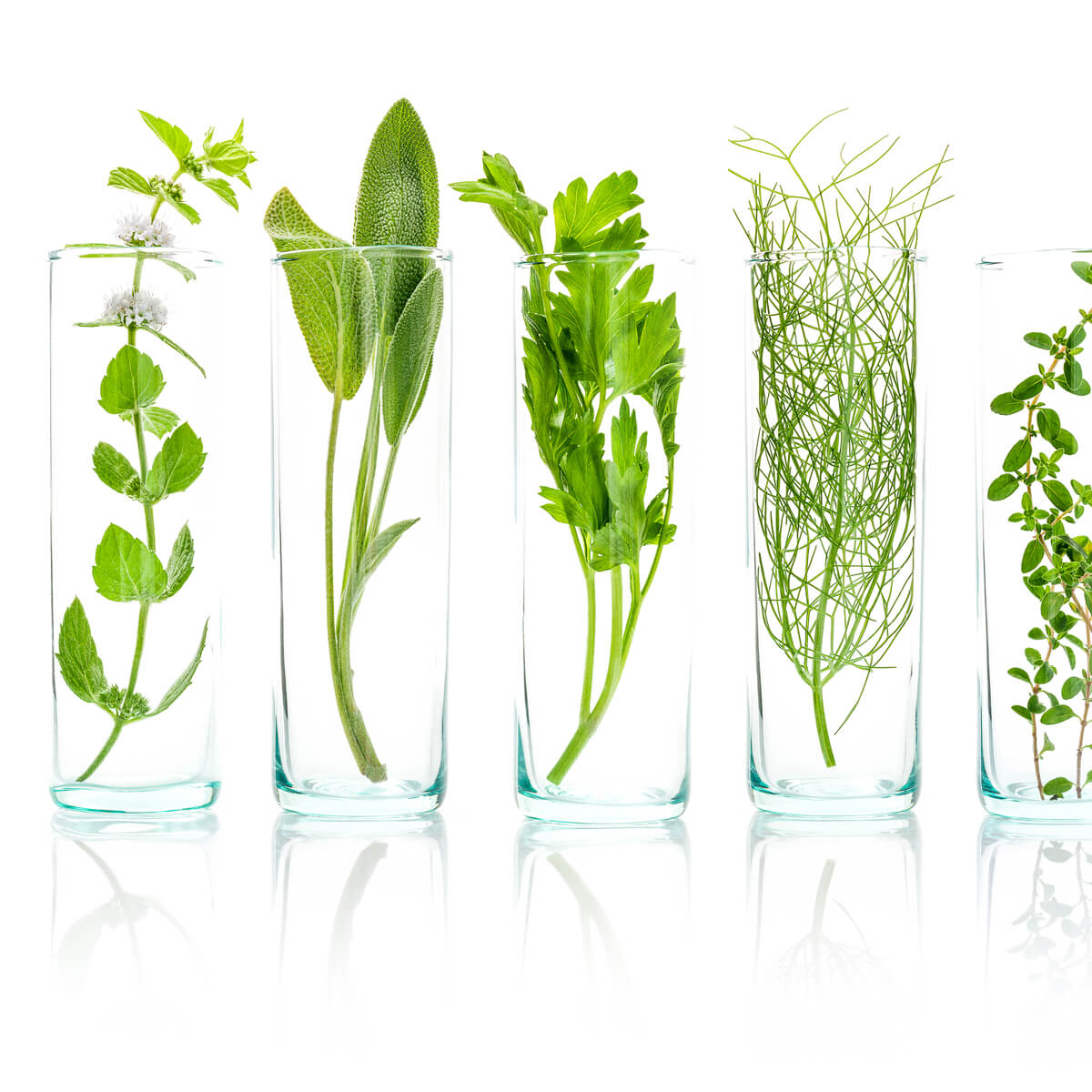
Extractions Area I
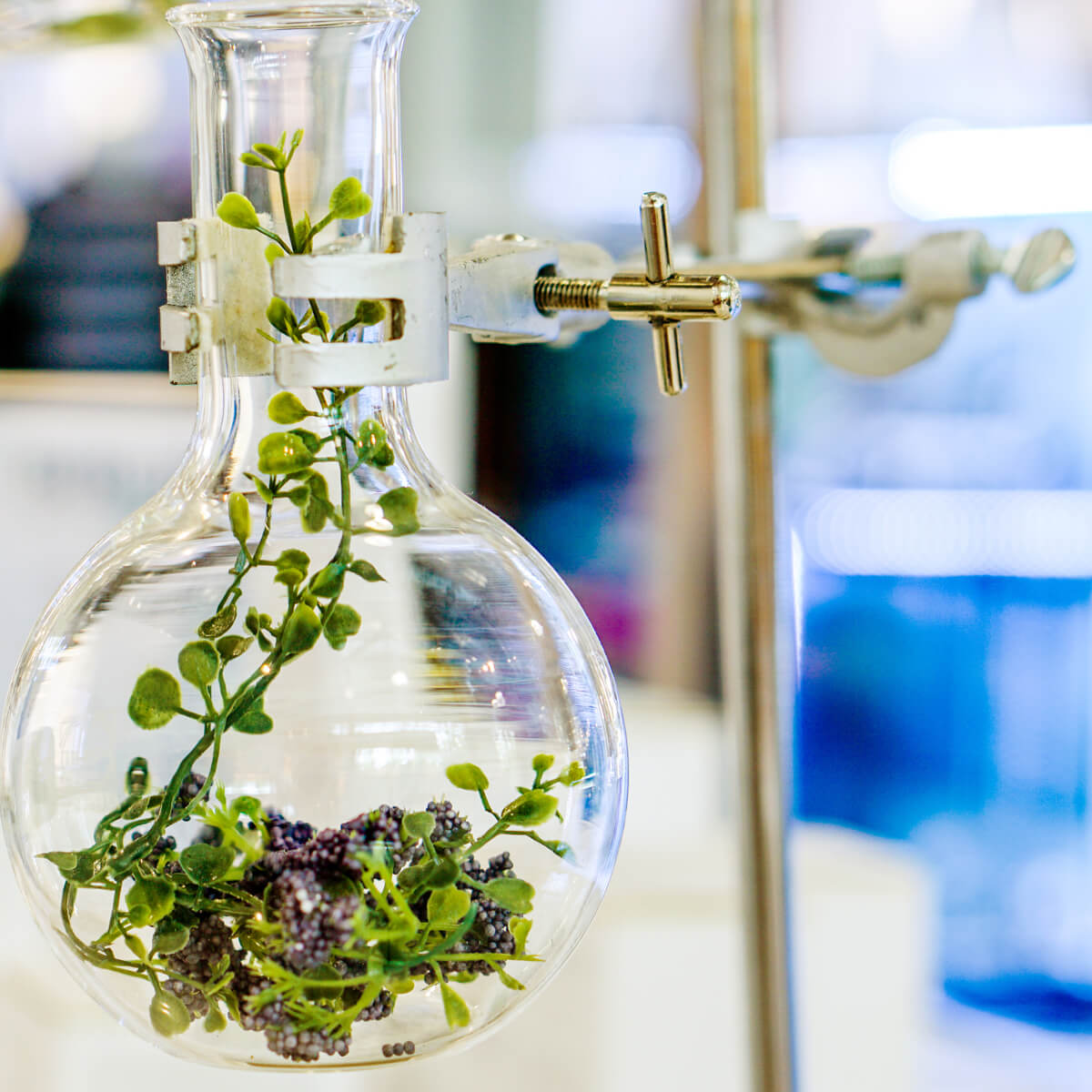
Extractions Area II
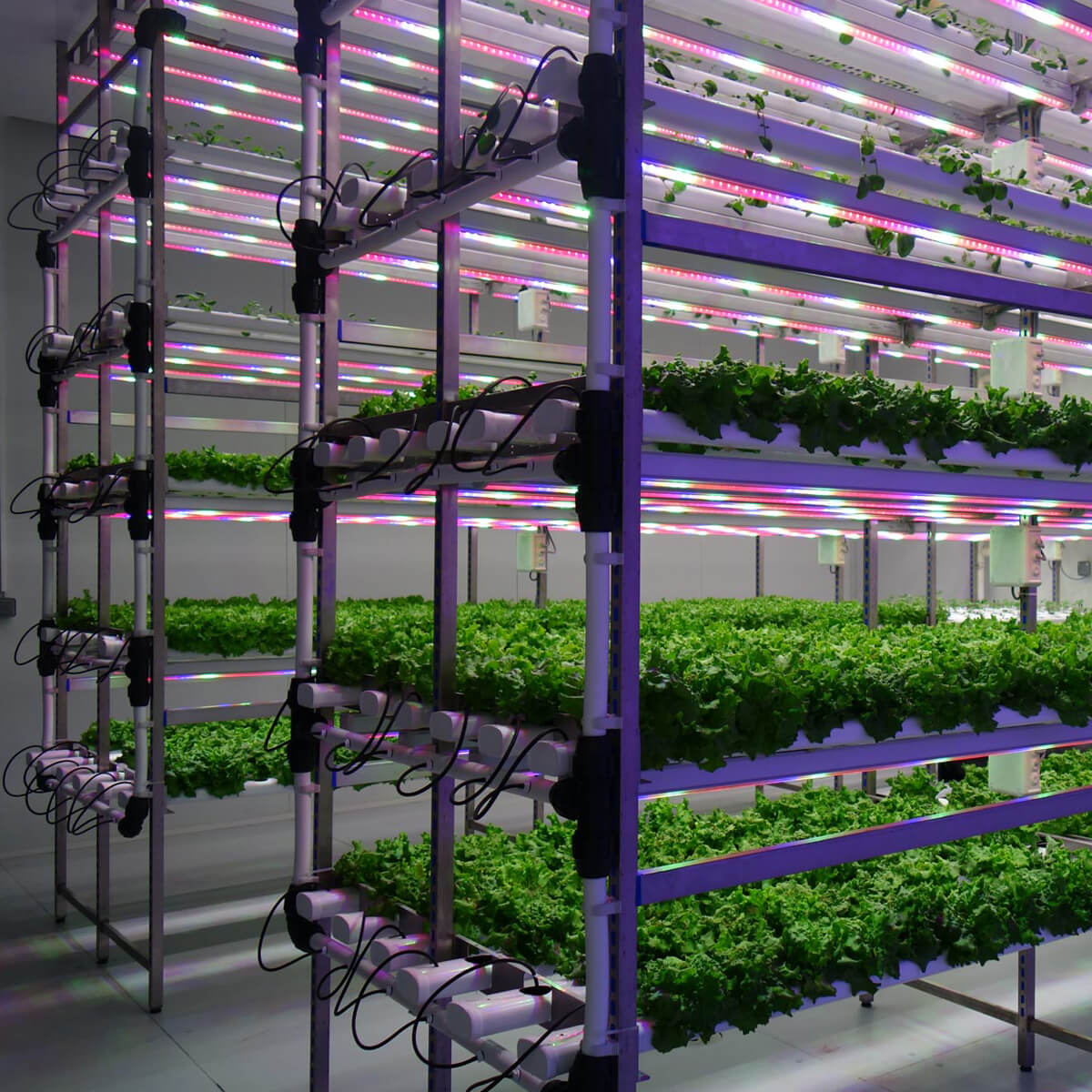
Phytotrons Area

Pest area
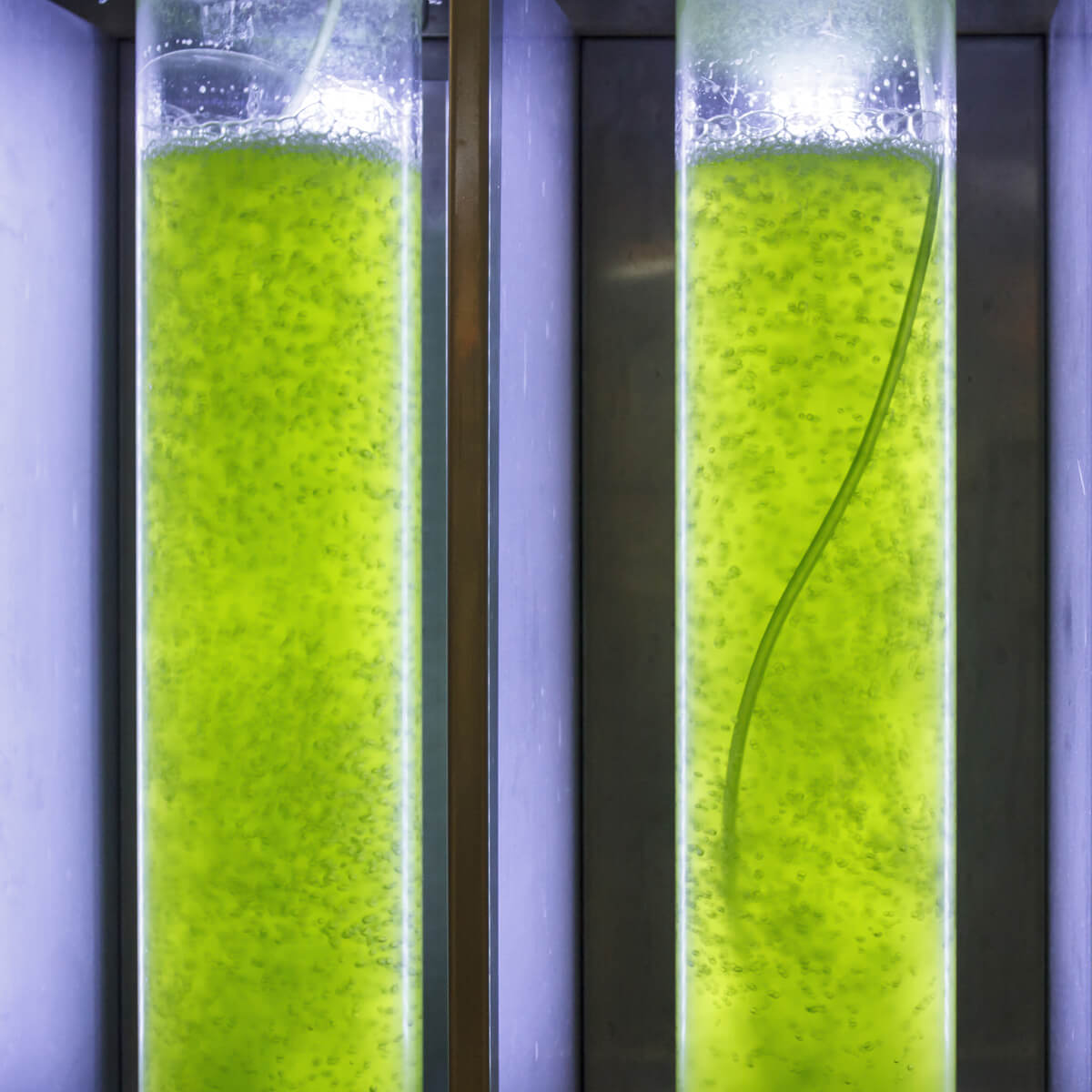
Pilot Plant-Photobioreactor Area

Industrial Fermentation Area

Industrial Extraction and Concentration Area
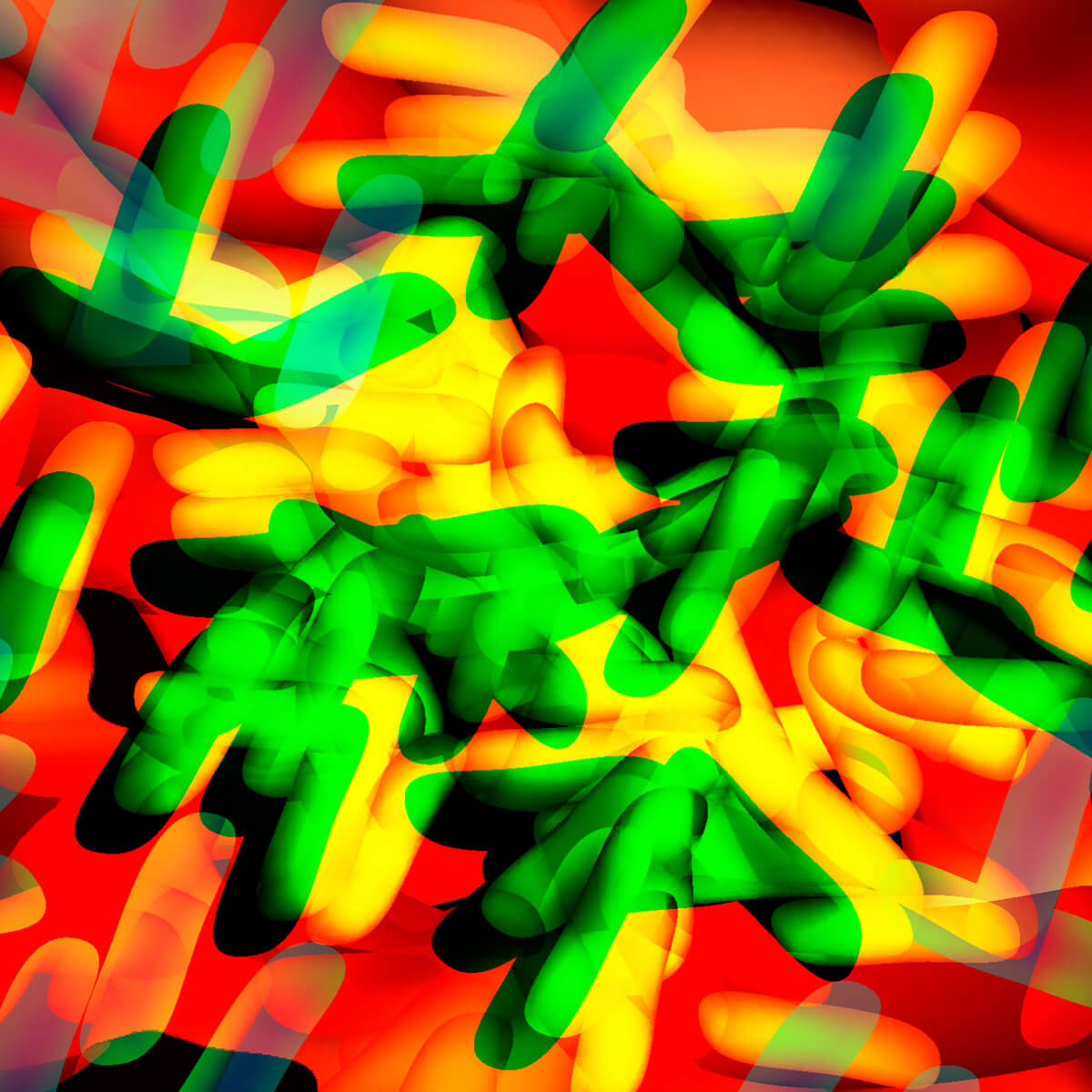
Probiotic Manufacturing Area
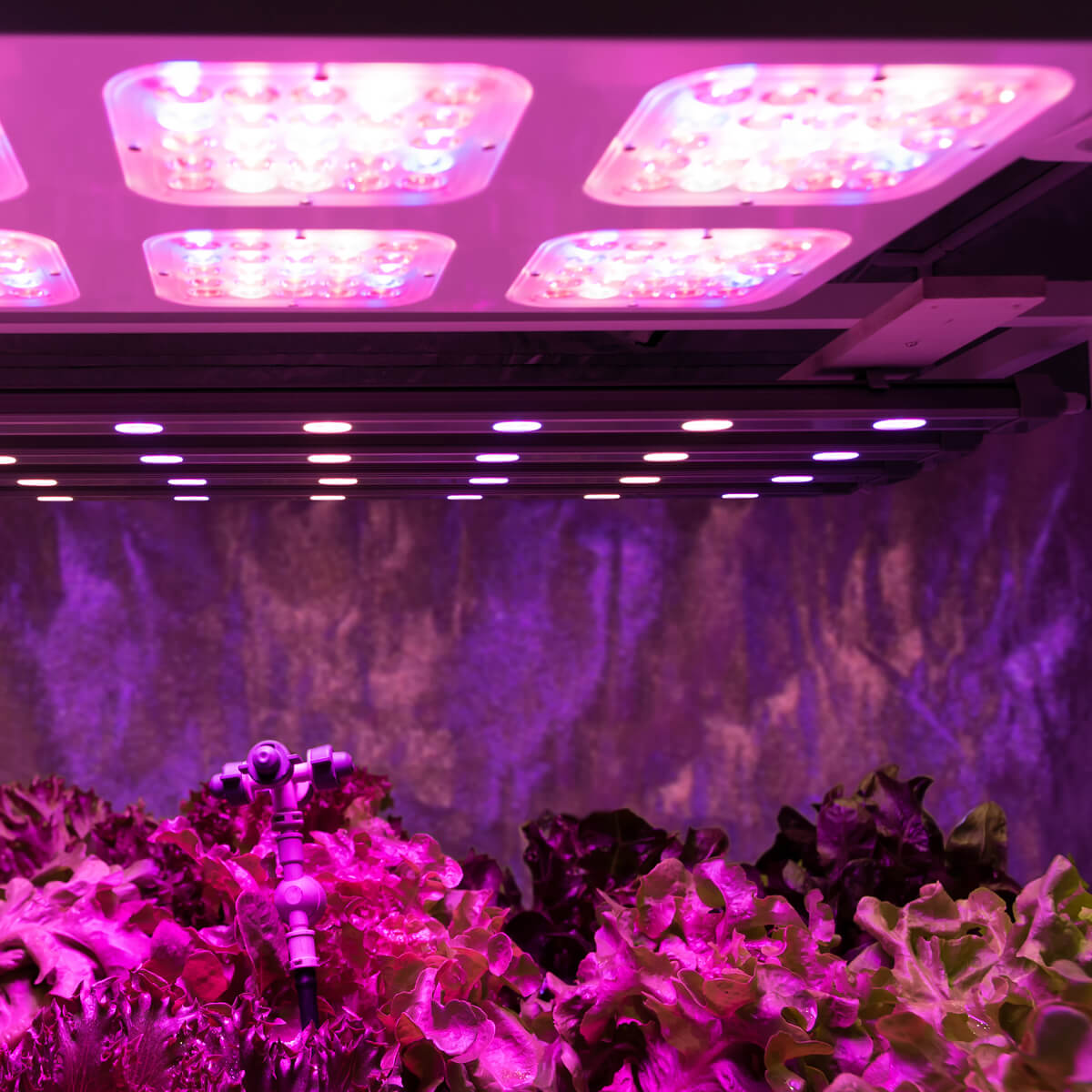
.png)
.png)





